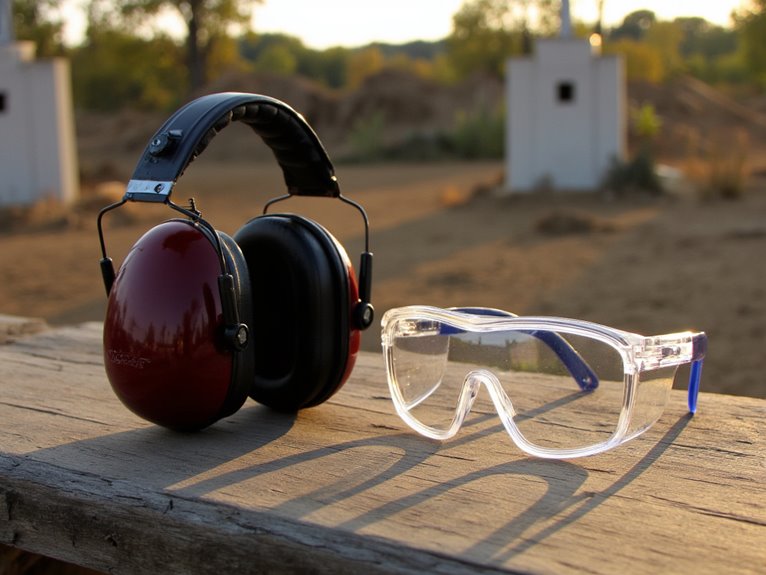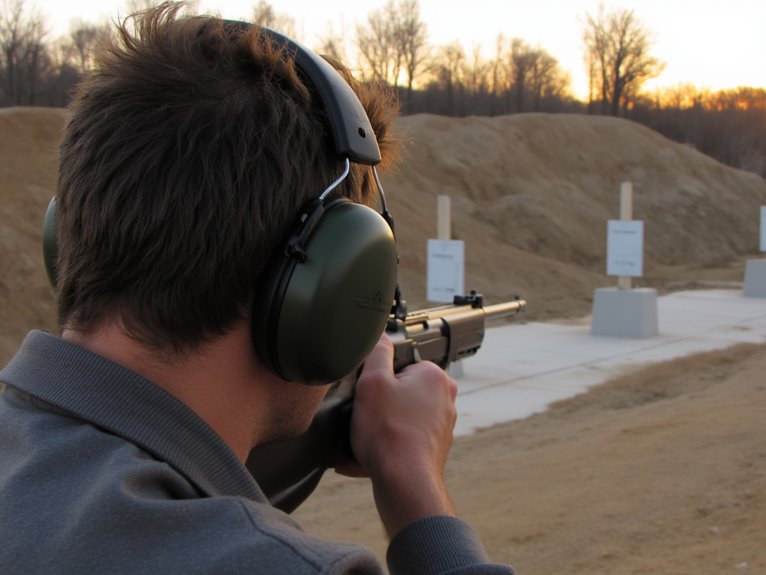How to Pack Your Gun Safely for Airline Travel
Most gun owners don’t realize these critical packing mistakes could land them in federal prison before reaching their destination.

Most gun owners don’t realize these critical packing mistakes could land them in federal prison before reaching their destination.

Specialized shooting eyewear requirements vary dramatically across disciplines, from tactical ballistic protection to competitive precision lenses that could save your vision.

Get crystal-clear vision and peak hearing protection with these essential cleaning secrets that most shooters dangerously overlook.

Discover essential safety features in shooting ear muffs and glasses that could mean the difference between protection and permanent damage.

Navigate critical safety standards and lens technologies that could mean the difference between clear vision and permanent eye damage at the range.

Most people don’t realize how choosing between passive and electronic hearing protection could dramatically impact their safety and performance in noisy environments.

Bullets create ear-damaging 150-170 decibel blasts that destroy hearing instantly—discover why standard earplugs fail shooters completely.

Want your gun cases to last decades while protecting valuable firearms? Discover the material-specific cleaning secrets professionals use for optimal protection.

Keep your firearms gear perfectly organized with tactical case systems that transform chaos into precision—discover the modular solutions professionals use.

Make the crucial choice between hard and soft gun cases by understanding which protection level matches your specific needs and transport requirements.